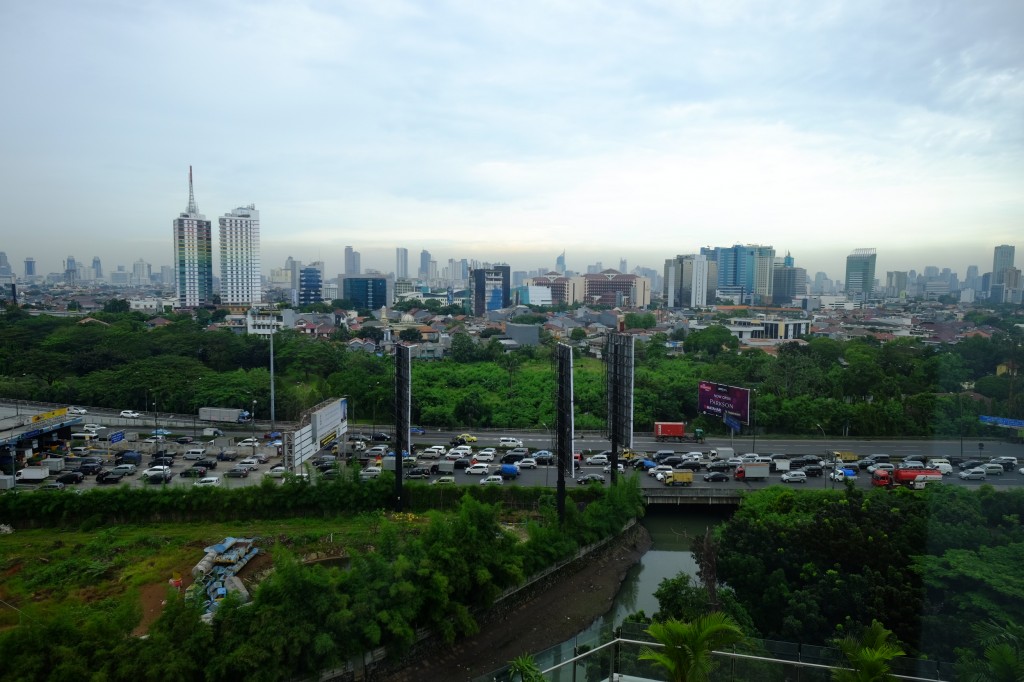IBGC Post #2: Indonesian mobile money
The second of our IBGC research posts comes from Michael and Trevor (both second-year MALD students), who were based in Indonesia.
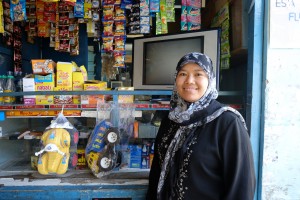 What if, in areas underserved by formal financial services, mobile phones could function like debit cards and local corner stores like micro bank branches? In the same amount of time it would take to send a SMS text message, you could check your bank balance, transfer money to a friend, pay your utility bills, or purchase your groceries, all enabled on a mobile handset. The local agents that you use to top-up your mobile airtime could also function as agents contracted by banks or mobile network operators (MNOs), providing you with access points to deposit and withdraw money from your accounts. This is one vision of how mobile money could reshape the way people use money and access financial services.
What if, in areas underserved by formal financial services, mobile phones could function like debit cards and local corner stores like micro bank branches? In the same amount of time it would take to send a SMS text message, you could check your bank balance, transfer money to a friend, pay your utility bills, or purchase your groceries, all enabled on a mobile handset. The local agents that you use to top-up your mobile airtime could also function as agents contracted by banks or mobile network operators (MNOs), providing you with access points to deposit and withdraw money from your accounts. This is one vision of how mobile money could reshape the way people use money and access financial services.
We have spent the past two months in Indonesia exploring how mobile money might add value to the financial portfolios of low income market segments. (Our research was inspired in large part by the book Portfolios of the Poor, by Daryl Collins, Jonathan Morduch, Stuart Rutherford and Orlanda Ruthven.) Indonesia is the largest market in Southeast Asia and a member of the G20, yet it has one of the largest unbanked and under-banked populations in the world. Formal financial services have the potential to improve livelihoods, protect assets, and provide security from the unexpected. Yet, according to the World Bank Global Financial Inclusion Index, only 20% of Indonesians were fully banked as of 2011.
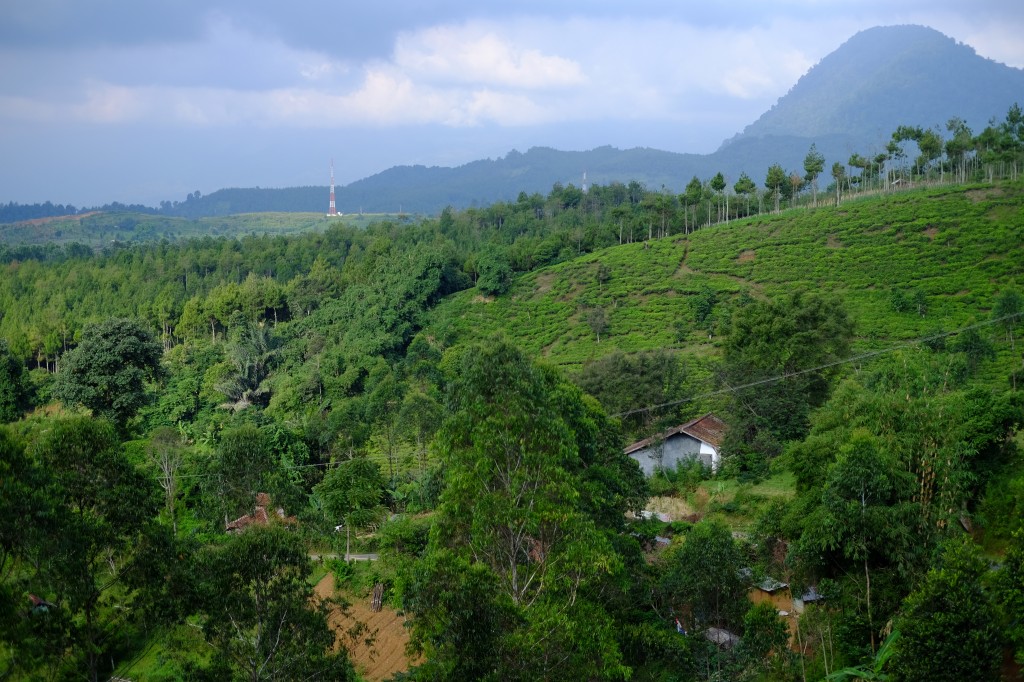 Indonesia’s geography poses a major barrier to expanding financial access, with its 250 million inhabitants spread across 13,000 islands. The infrastructure investment in brick-and-mortar branches and ATMs that would be required to substantially expand financial access is prohibitively expensive, especially if the access points reach only low-income communities. One promising solution that is receiving widespread attention is using mobile phones as a tool to offer branchless banking services to the underserved. Under branchless banking schemes, financial services are distributed by agents contracted by institutions to process customer’s transactions away from physical bank branches.
Indonesia’s geography poses a major barrier to expanding financial access, with its 250 million inhabitants spread across 13,000 islands. The infrastructure investment in brick-and-mortar branches and ATMs that would be required to substantially expand financial access is prohibitively expensive, especially if the access points reach only low-income communities. One promising solution that is receiving widespread attention is using mobile phones as a tool to offer branchless banking services to the underserved. Under branchless banking schemes, financial services are distributed by agents contracted by institutions to process customer’s transactions away from physical bank branches.
Major stakeholders, including the Government of Indonesia, commercial banks, and international development agencies are dedicating considerable resources to foster the nascent mobile-enabled branchless banking market. The Bank of Indonesia (Indonesia’s central bank) and the Financial Services Authority (which is responsible for micro-prudential oversight) have issued a series of increasingly clarifying and progressive regulations to govern the emerging branchless banking and mobile money market. There are a number of interesting mobile money offerings already on the market, notably Telkomsel’s T-Cash, Indosat’s Dompetku, XL’s Tunia, and Mandiri’s E-Cash. Thus far, however, these products have seen only limited uptake concentrated among middle and high-end consumers.
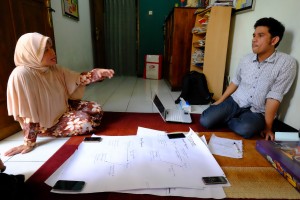 Amidst all of these efforts and the exciting potential, it is easy to lose sight of the most important stakeholder: the end user. Regulatory bodies should be weighing the best ways to maintain a stable financial system while protecting the consumer and promoting financial inclusion. And commercial banks and MNOs ought to be concerned that regulations should enable them to utilize latent networks of agents already imbedded in low-income communities (such as mobile airtime re-sellers or modern mini-market retailers, for example), while also turning a profit. However, all is for naught if the end-users — the customers — do not see sufficient value in mobile money services to make the switch from their current mix of financial management tools.
Amidst all of these efforts and the exciting potential, it is easy to lose sight of the most important stakeholder: the end user. Regulatory bodies should be weighing the best ways to maintain a stable financial system while protecting the consumer and promoting financial inclusion. And commercial banks and MNOs ought to be concerned that regulations should enable them to utilize latent networks of agents already imbedded in low-income communities (such as mobile airtime re-sellers or modern mini-market retailers, for example), while also turning a profit. However, all is for naught if the end-users — the customers — do not see sufficient value in mobile money services to make the switch from their current mix of financial management tools.
Our research rests on the presumption that the poor lead complex financial lives. Despite their position on the outskirts of the formal financial universe, low income segments have developed, adopted, and adapted formal and informal tools that help them manage their incomes. Mobile money and branchless banking services must compete, then, with a rich assortment of product offerings that are already socialized, trusted, and tailored to the poor’s specific expectations and needs. So, scaling-up mobile money is more than an access issue. In order to be adopted, products must add value above and beyond those services that the poor are already using to save, insure, borrow, and transfer money.
Our efforts are an extension of previous research conducted by the IFC, TNP2K, Microfinance Opportunities, e-MITRA, and CGAP, among others. We hope to contribute to this body of knowledge by exploring not only how low income segments manage their financial lives, but why they manage them in the ways that they do. Understanding the attitudes, norms and behaviors of end-users, including the perceived strengths and weaknesses of their current mix of financial intermediation tools, can inform more rational regulations, better product design, more targeted marketing, and the establishment and maintenance of an effective sales force of agents.
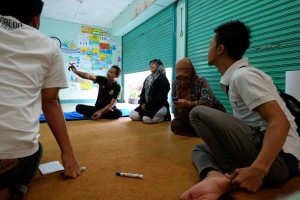 Over the past two months, we’ve immersed ourselves in three communities in Jakarta, Bandung, and the Ciwidey Regency in order to create ethnographic profiles of each that detail the rhythms of their economic and financial lives. We’ve held focus group discussions, in-depth one-on-one interviews, and ideation workshops, as well as broken fast with members of each community and even farmed in one location. Naturally, we do not seek to generalize insights that are specific to a time and place. Rather, we hope to share how new products can be tailored, marketed, and delivered to specific low income contexts that will ensure adoption and continued usage.
Over the past two months, we’ve immersed ourselves in three communities in Jakarta, Bandung, and the Ciwidey Regency in order to create ethnographic profiles of each that detail the rhythms of their economic and financial lives. We’ve held focus group discussions, in-depth one-on-one interviews, and ideation workshops, as well as broken fast with members of each community and even farmed in one location. Naturally, we do not seek to generalize insights that are specific to a time and place. Rather, we hope to share how new products can be tailored, marketed, and delivered to specific low income contexts that will ensure adoption and continued usage.
Our efforts will result in a report that will be published in late September. While we’re focused like lasers on the needs of the end-user, we are equally focused on ensuring that our findings are actionable for both regulators and the businesses responsible for designing and deploying profitable mobile money products. We want to know how mobile money might be integrated into or displace existing formal and informal services. It is also our hope that our research concept and design will be of relevance to the wider financial inclusion community.
We are grateful for the opportunity provided to us by The MasterCard Center for Inclusive Growth and The Fletcher School’s Institute for Business in the Global Context. In addition to their generosity, both institutions have pushed our thinking and providing invaluable in-kind support, all while giving us the autonomy to design and execute our research, and analyze our findings. We look forward to sharing our findings soon.